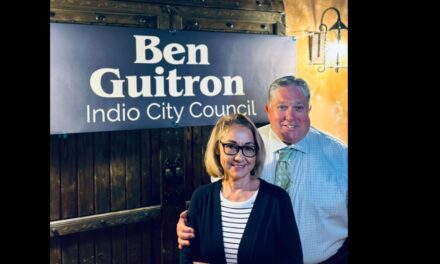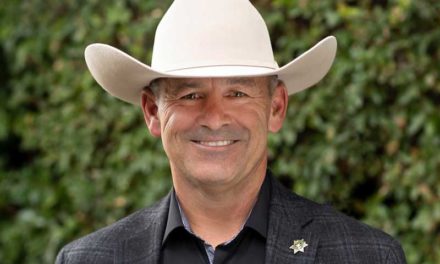When the city of Palm Springs announced last spring it would move to district elections, City Manager David H. Ready told Uken Report that the City Council will draw the districts — after a minimum of four public forums.
However, he added, that councilmembers indicated they wanted to take up to six months to finalize the districts and have significantly more public forums than required.
The city has held true to that promise, holding multiple forums so residents can ask questions, provide feedback, and, above all, be transparent in the process.
Residents are again welcome to attend upcoming public meetings and community engagement forums this fall to narrow down proposed maps for five new districts throughout the city.
Three Community Engagement forums are scheduled for October and November at the following locations:
- Tuesday, Oct. 23, Demuth Community Center, 6:30 p.m.
- Monday, Oct. 29, the Richards Center at Palm Springs High School, 6:30 p.m.
- Monday, Nov. 5, James O. Jessie Desert Highland Unity Center, 6:30 p.m.
In addition, the Council will hold public forums in the Council Chambers at City Hall with the intent to narrow down the proposed maps. The schedule is the following:
- Thursday, Nov. 15 – Narrow down and begin modification to finalize maps, 6 p.m.
- Thursday, Nov. 29 – Council will make modifications to final map, 6 p.m.
The City Council recently voted to move forward with five proposed maps for newly drawn district boundaries. They will be showcased and discussed at the upcoming engagement forums before a final decision is made. Community input is welcome.
The five proposed maps are titled: Dieter Crawford 1, Agave, Prell, Smoketree Modified and Dube 2. Residents can watch the meetings online at palmspringsca.gov or on Palm Springs Community Television Channel 17.
The process has been open to all residents. This process is not about personalities or positions on the City Council.
Keep in mind that move to districts is designed to empower more Latino residents to seek public office. Latinos make up approximately 25 percent of Palm Springs’ total population and about 16 percent of all voters, according to Ready.
There are currently no Latinos on the City Council — and no Latinos sought election in the most recent city race. All candidates were Caucasian. The current panel of elected city officials is comprised of two women and three men; all are Caucasian.
Palm Springs joins Indio and Cathedral City in moving to district elections. The Palm Springs Unified School District Board of Trustees and the College of the Desert Board of Trustees have also moved to district contests among other governmental entities.
The move to district elections in Palm Springs was prompted by a letter that Palm Springs city leaders received in March alleging the city elections could be racially polarizing. The March 5 letter came from an attorney representing the Southwest Voter Registration Education Project and its members residing in Palm Springs alleging the city is in violation of the California Voting Rights Act due to its process of at-large elections instead of district elections to elect members of the City Council. The letter requested the City of Palm Springs switch to at-large elections or face judicial action.
The letter also alleges that the at-large election process has diminished the ability of Latino residents to impact elections and has resulted in racially polarized voting.
Most California cities with City Councils elected at-large, upon receipt of a Voting Rights violation notice, have chosen to voluntarily switch to districts. A few cities have chosen to fight this request. In one of the significant cases, the city of Palmdale, in 2012, lost and was ordered to switch to district elections. Palmdale paid millions in legal fees to plaintiff and defense counsel and had their districts drawn not by their City Council after input from their residents, but by plaintiff’s counsel. Recent changes in the law make it even more difficult to win these lawsuits than it was in 2012.
The Palm Springs City Council chose not to gamble on a costly lawsuit it could lose. The city did not choose to do this for some nefarious reason. Its hands were tied. Thus, the multiple forums.
Whenever the voting-by-districts officially occurs, it won’t be the first time the community has voted by districts.
When the city was incorporated 80 years ago, in April 1938, members of the City Council were elected by wards, or districts, according to historical documents. In 1963, voters chose to change the process with the majority supporting at-large elections.
Now, with a decision to move back to district elections, history is indeed repeating itself.







